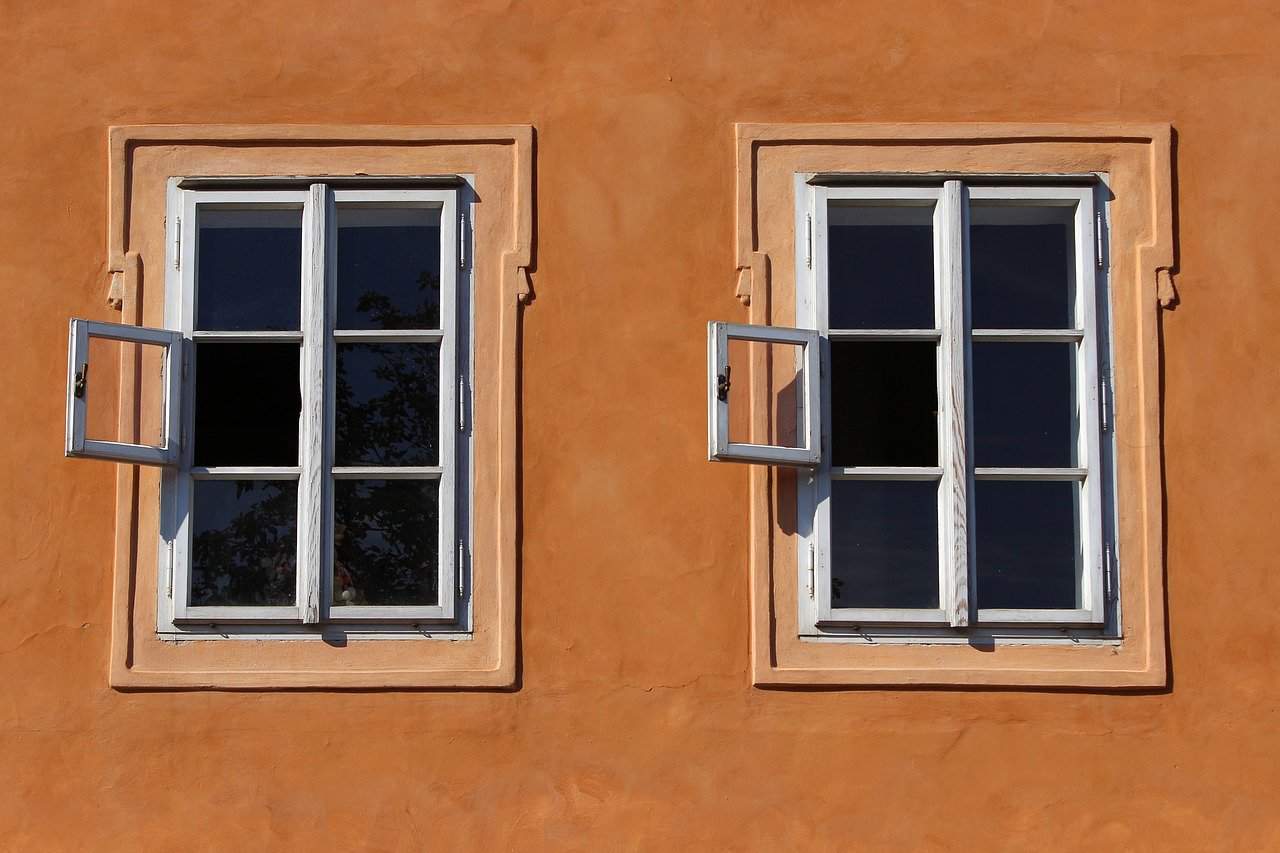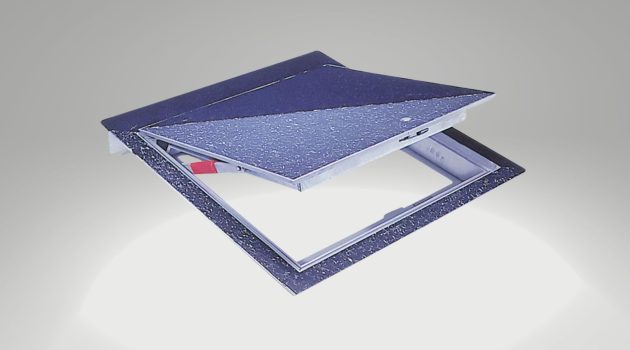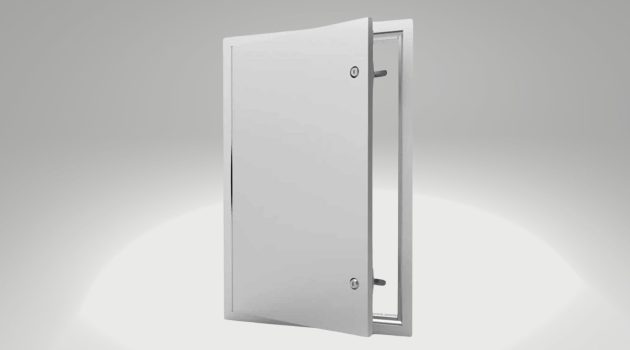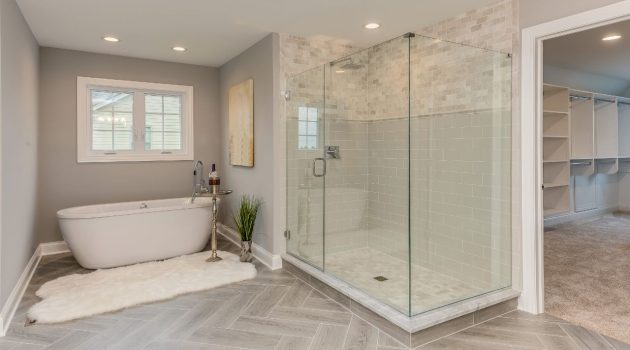Choosing the right windows is an important yet sometimes overwhelming decision when designing or updating your home.
Windows come in various styles and types, each with its unique purpose and functionality.
From enhancing your home’s aesthetics to providing ventilation and natural light, windows play a vital role in creating a comfortable living space.
You’ll discover many types of windows to fit your home and budget as you explore various window options.
Some popular choices include fixed, sliding, casement, bay, bow, and double-hung windows.
Each type offers distinct features and advantages, making it essential to understand their differences before deciding.
1. Different Materials Used for Windows
Vinyl Windows

Vinyl windows have become increasingly popular due to their affordability and low maintenance requirements.
Vinyl is moisture-resistant, making it an excellent choice for damp or humid climates. This material does not require painting and is easy to clean.
Additionally, vinyl windows generally offer good insulation, helping to keep your home comfortable year-round.
However, their color may fade and they are less strong or durable than other materials.
Wood Windows
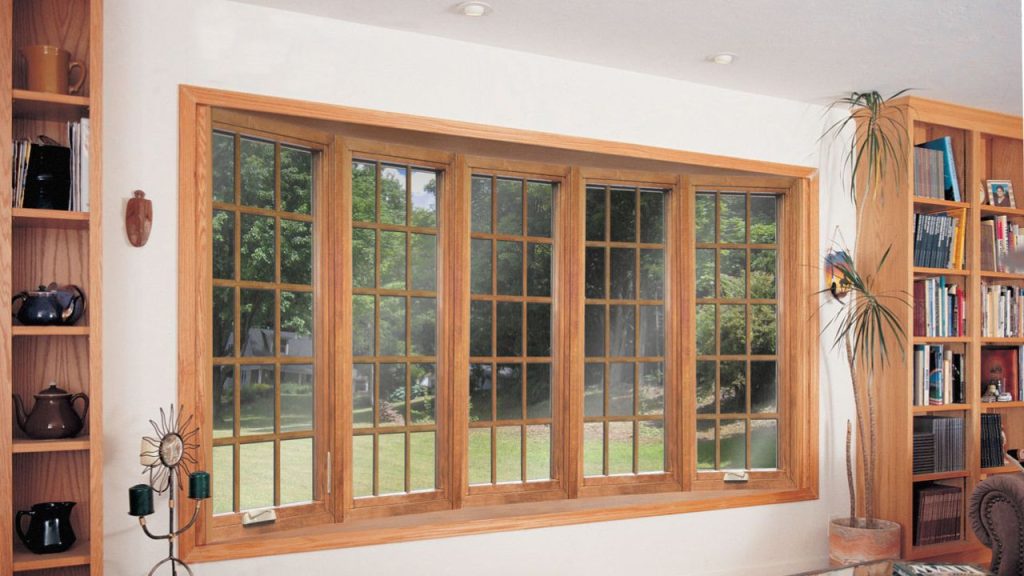
Wood windows provide a classic and timeless appearance for your home.
They offer excellent insulation and can be customized to match your home’s aesthetic with various wood types, stains, and finishes.
However, wood windows require regular maintenance, such as painting or staining, to protect them from moisture and prevent rotting.
If you’re willing to maintain them, wood windows can be a beautiful and energy-efficient option for your home.
Fiberglass Windows
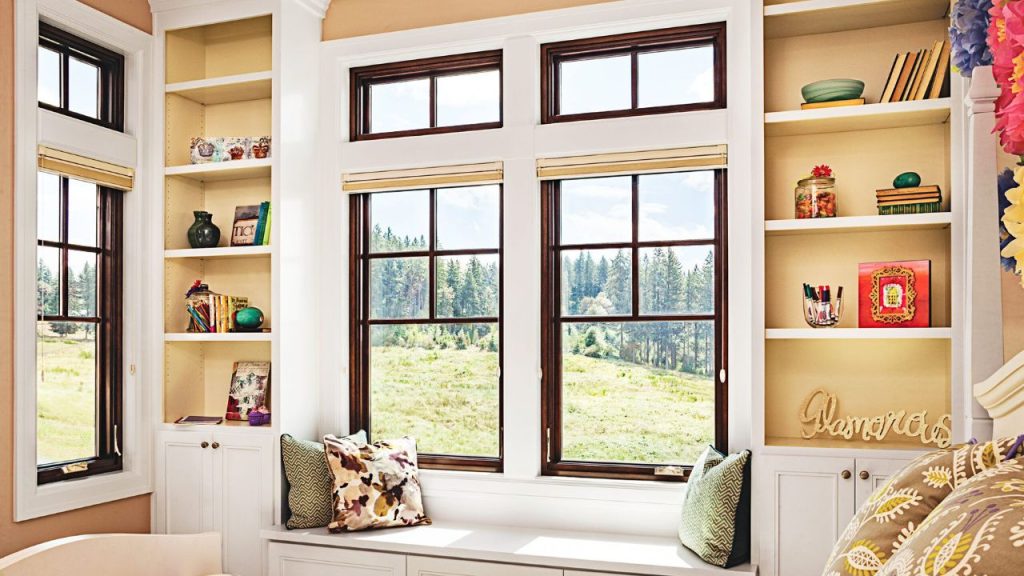
Fiberglass windows are known for their durability and longevity. They are stronger than vinyl windows and can imitate the appearance of wood.
Fiberglass windows are low-maintenance, requiring minimal upkeep. They are also energy-efficient, providing excellent insulation for your home.
However, these benefits come at a higher cost compared to vinyl windows.
Fiberglass windows might be a good choice if you’re looking for a long-lasting and low-maintenance option.
Aluminum Windows
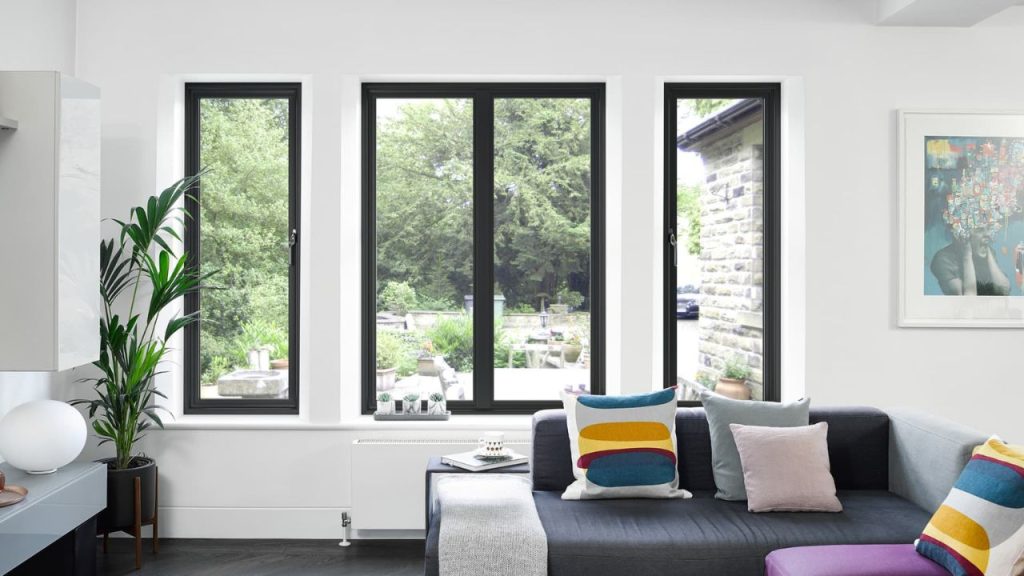
Aluminum windows are lightweight and strong, making them popular for modern and contemporary homes. They require little maintenance and are resistant to corrosion.
However, aluminum is a poor insulator and may not be as energy-efficient as other materials.
If you live in an area with extreme temperatures, there may be better choices than aluminum windows for your home.
Despite their drawbacks, aluminum windows might be right for you if you’re seeking a sleek and modern look.
READ MORE: Floor to Ceiling Windows Cost
2. Common Types of Windows
Casement Windows
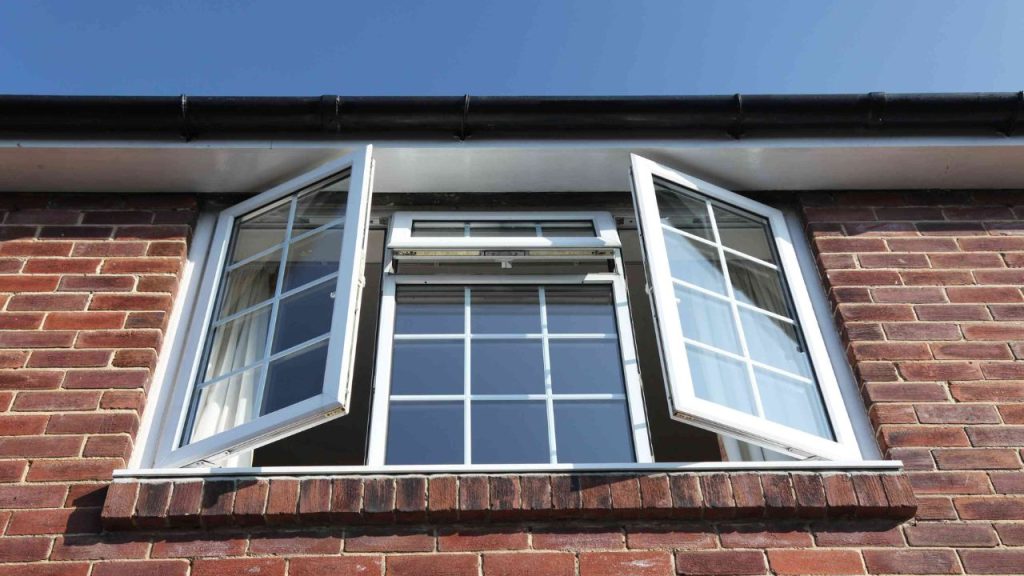
Casement windows are hinged at the side and open outward to the left or right, allowing for better ventilation.
They are an excellent choice for areas where you want to let in plenty of light, as their design allows larger glass panes.
These windows also provide a tight seal when closed, making them energy-efficient.
Bay Windows
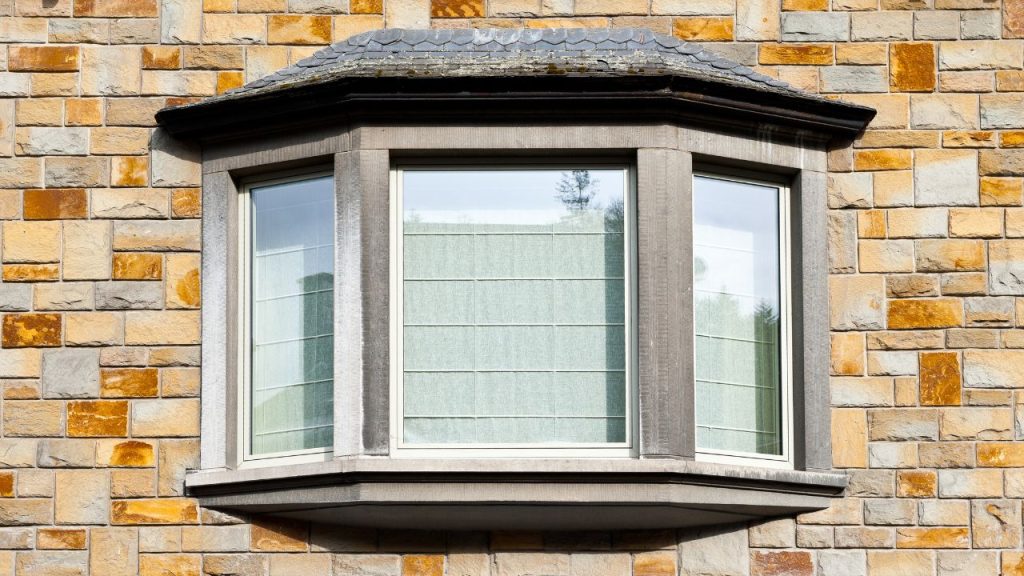
Bay windows combine three windows that form a projecting bay from your home’s exterior.
The central window is usually a large, fixed picture window, while the side windows are often smaller, double-hung or casement windows.
These windows provide ample natural light and a great view from inside your home. Additionally, they add architectural charm and increase the perceived space in the room.
Double-Hung Windows
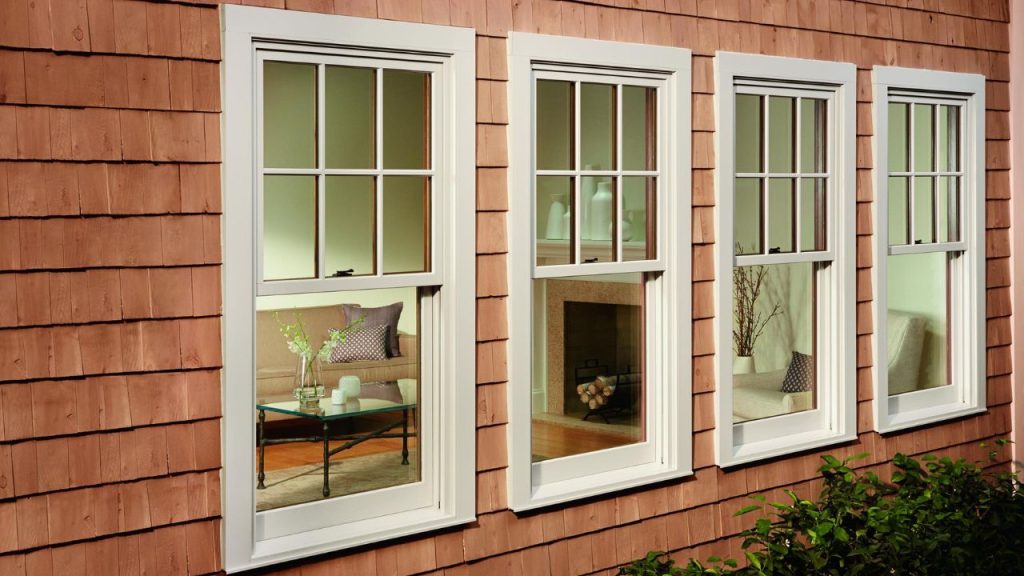
Double-hung windows are a popular choice due to their versatility and classic design.
They feature two movable sashes, with the top sash sliding down and the bottom sash sliding up, allowing for excellent ventilation.
They are easy to clean from the inside and offer a timeless look that suits many architectural styles.
Single-Hung Windows
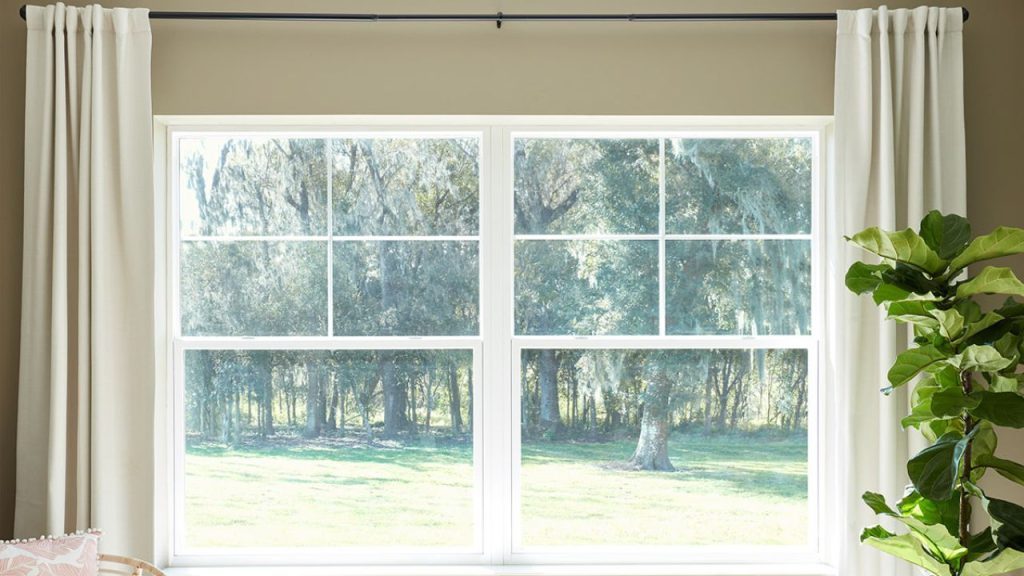
Similar to double-hung windows, single-hung windows also have two sashes. However, only the bottom sash is movable, while the top sash remains fixed.
This design makes single-hung windows more budget-friendly than their double-hung counterparts but may provide less ventilation.
They are still a great choice for homeowners looking for a versatile and affordable window option.
Sliding Windows
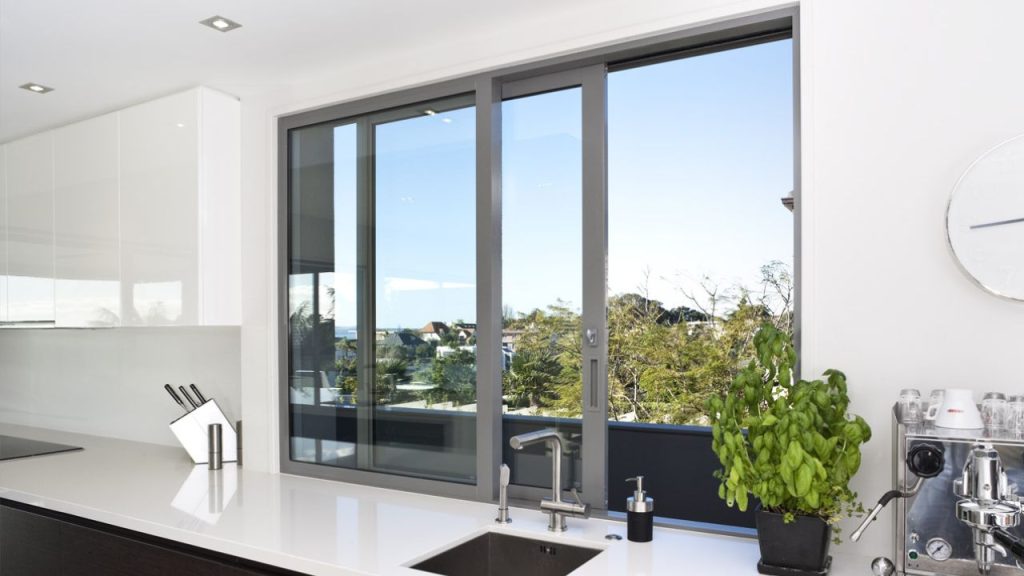
Sliding windows open horizontally, with one sash sliding over the other.
These windows are particularly suitable for areas with limited space, as they do not require additional space for opening.
Sliding windows are also excellent for larger openings, allowing for ample natural light and a modern aesthetic.
Picture Windows
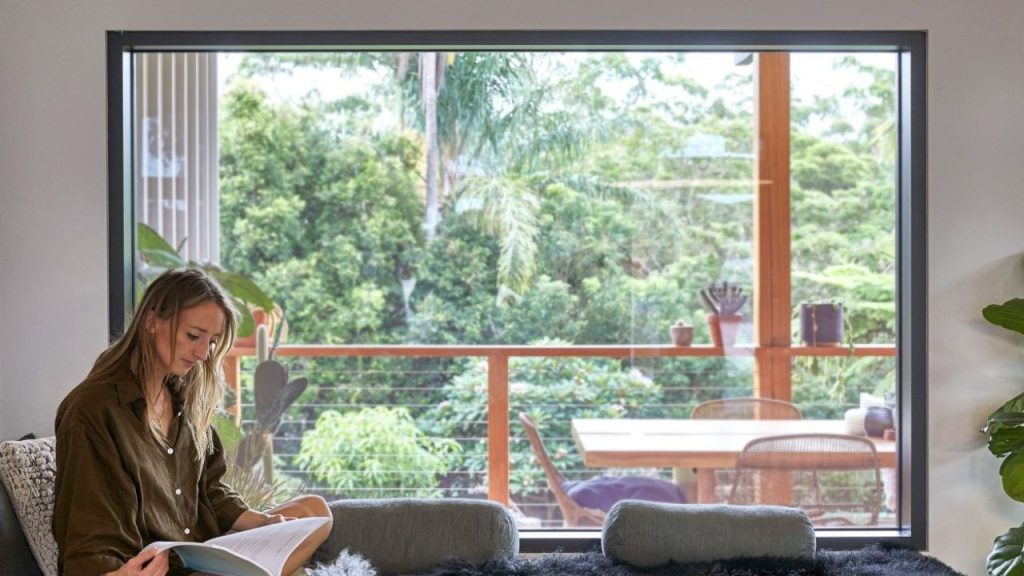
Picture windows are large, fixed-pane windows that do not open but provide an unobstructed view of your surroundings.
They are best suited for areas where ventilation is not a priority, but letting in plenty of natural light is desired.
These windows can also serve as a focal point in your home, showcasing a stunning view or adding a sense of spaciousness to a room.
READ MORE: Replacing vs Repairing Old Windows
3. Specialty Windows
Skylights
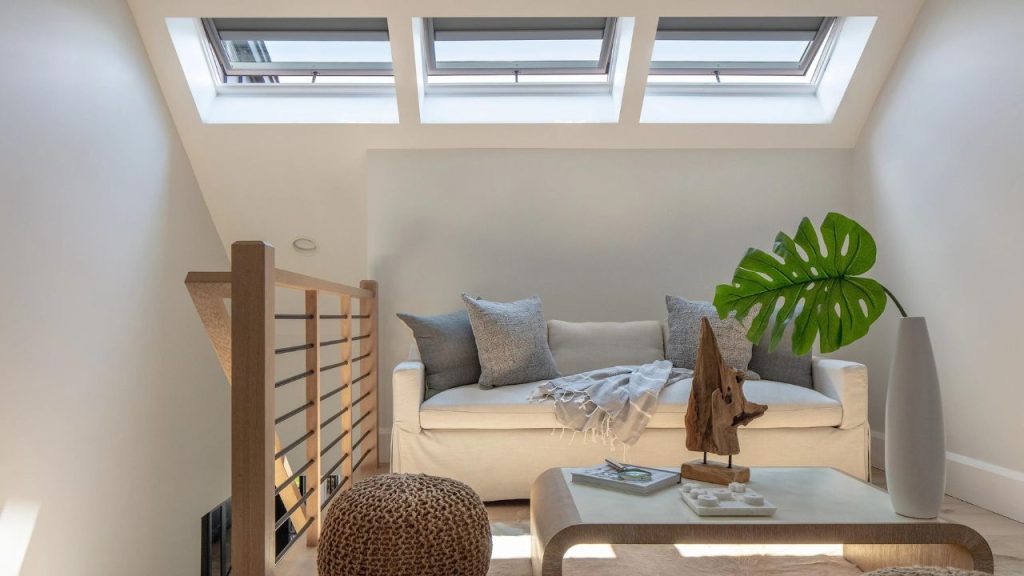
Skylights are a fantastic way to bring natural light into your home. Installed on your roof, they come in various shapes and sizes.
They can be fixed or vented, with vented options providing additional ventilation.
Skylights help create a brighter, more welcoming living space and can even save you some energy costs by reducing the need for artificial lighting.
Arched Windows
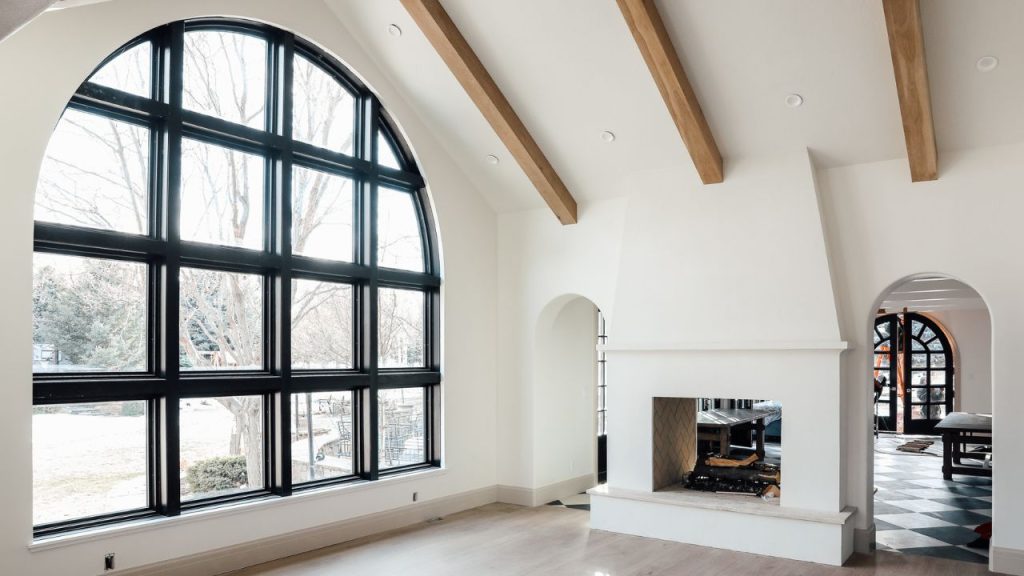
Arched windows add a touch of elegance and character to your home. These windows have a distinctive curved top that can be a full or partial circle.
They offer various shapes and angles to fit your home’s architectural style. Arched windows are often used as a decorative element and can enhance your home’s exterior look.
Though they may not be ideal for ventilation, they are great for letting in natural light.
Transom Windows
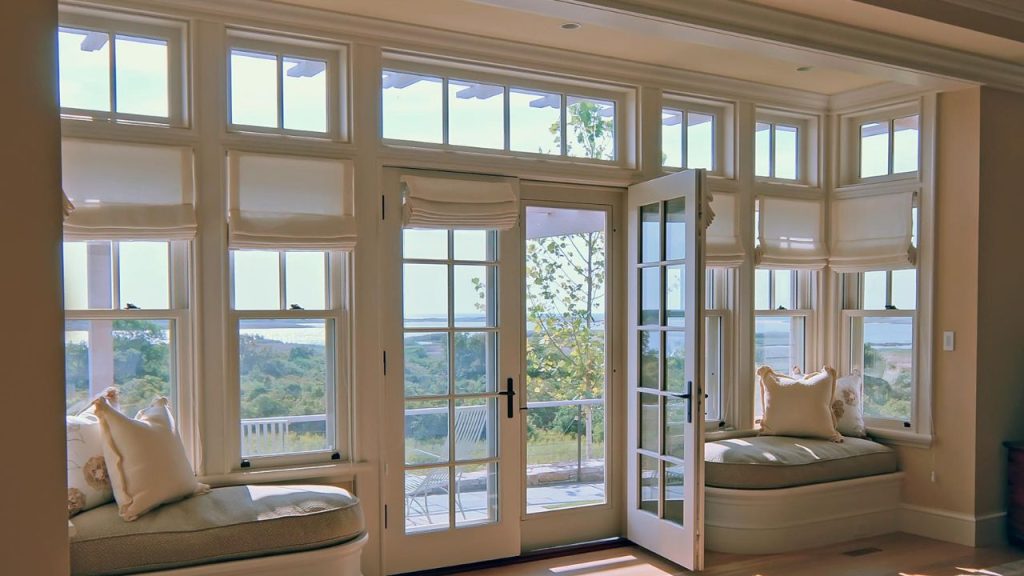
Transom windows are smaller windows placed above a door or another window. They’re designed to let in additional light while maintaining your privacy.
Transom windows come in various shapes, including rectangular, arched, and fan-shaped. Some can be opened for ventilation, while others are fixed.
These windows add a unique design element and offer a great way to enhance the appearance of your home’s exterior.
Round Windows
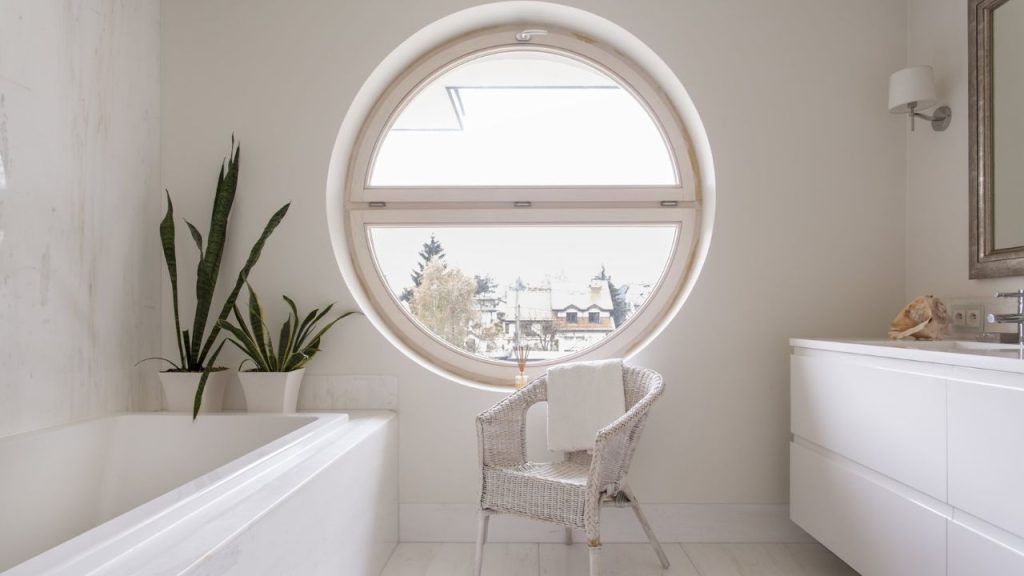
Round windows, also known as porthole windows or circular windows, can be a perfect addition to your home if you’re looking for something unique.
Depending on your preference and the manufacturer, these windows come in various diameters and can be fixed or operational.
Round windows offer a distinctive look and can be used in different spaces, such as bathrooms, staircases, or even living rooms, to create a focal point and let in natural light.
READ MORE: Window AC Leaking Water: Quick Fixes and Prevention Tips
4. Additional Types of Windows
Louvered Windows
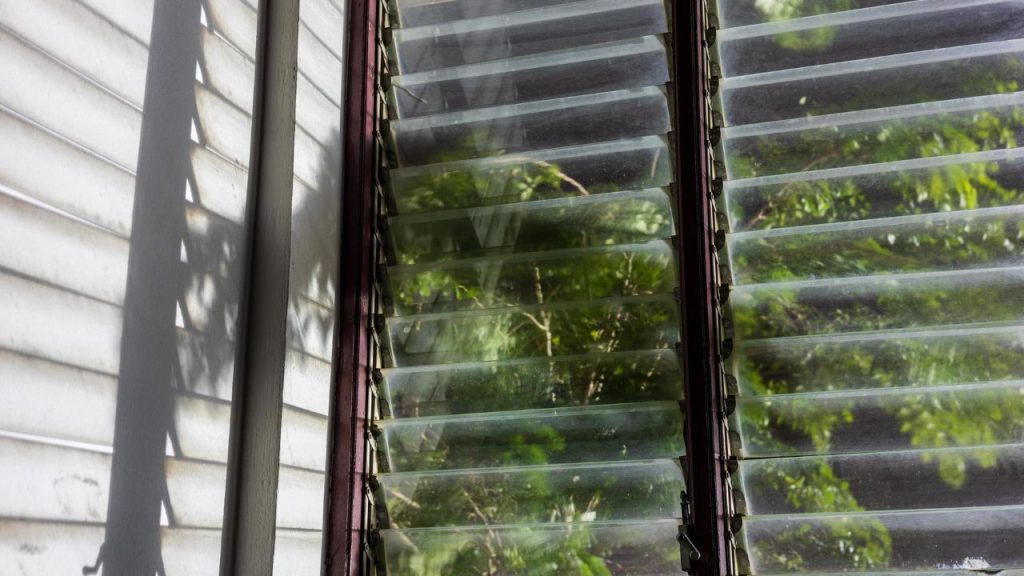
Louvered windows, or jalousie windows, are perfect for ventilating your room. They’re made up of horizontal slats that can be adjusted to let in as little or as much air as you’d like.
Louvered windows are popular in tropical climates, as they allow for excellent airflow and heat dissipation.
Bay and Bow Windows
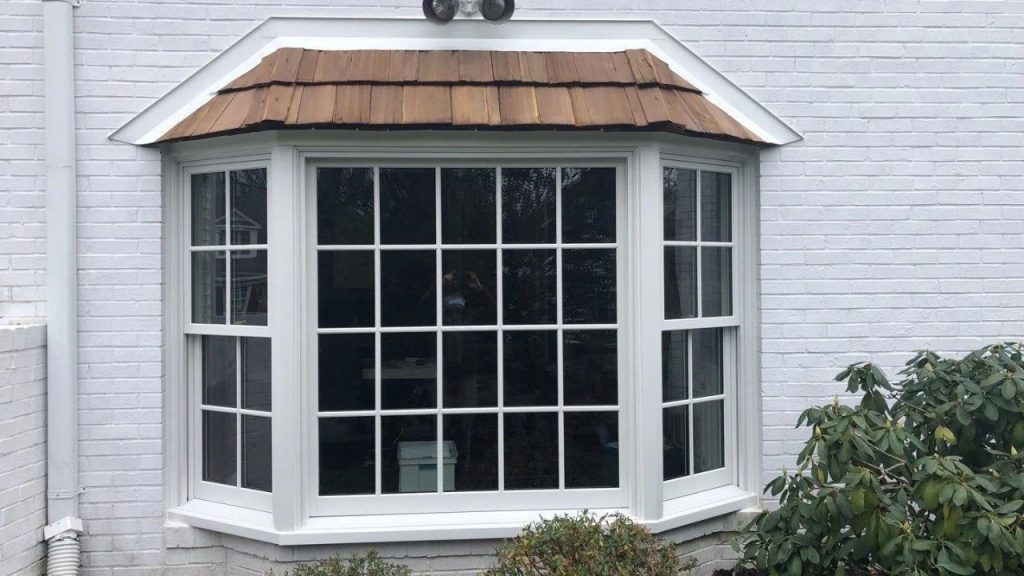
Bay and bow windows create extra space in your room and give plenty of light.
A bay window consists of three windows set at angles, while a bow window comprises multiple windows in a curved shape.
These window styles can enhance the appearance of your home both inside and out, providing panoramic views and adding architectural interest.
Storm Windows
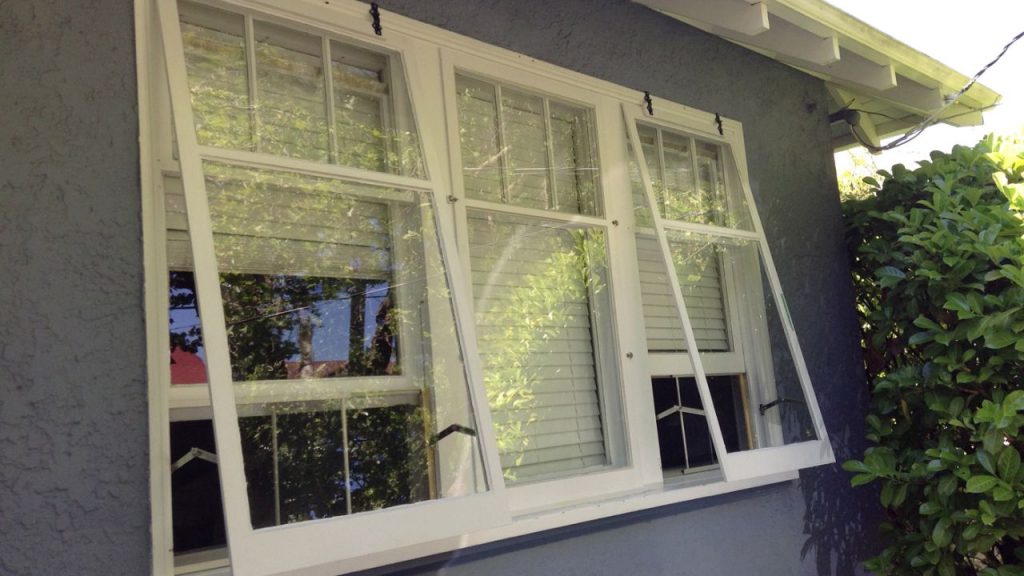
Storm windows are designed to protect your home during inclement weather conditions. They are installed either on the inside or outside of your existing windows.
They help prevent drafts, reduce heat loss, and improve your home’s energy efficiency.
Storm windows are an excellent addition to any home, especially in areas more prone to adverse weather.
Hopper Windows
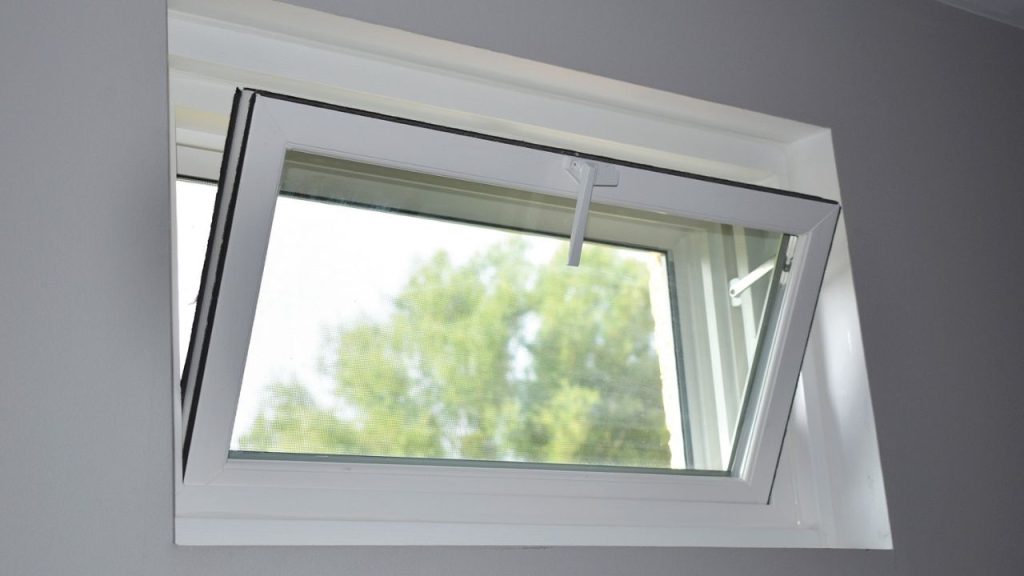
Hopper windows are small and hinged at the bottom, allowing them to open inwardly. They are commonly used in basements or small spaces that require ventilation.
Due to their compact size and easy operation, they’re a practical choice for providing airflow without taking up much space.
Egress Windows

Egress windows are designed for emergency exits in case of fires or other emergencies.
They are typically installed in basements or bedrooms and must meet specific size requirements outlined by local building codes.
Egress windows provide a safe escape route and allow additional light and ventilation to otherwise dark rooms.
Dormer Windows
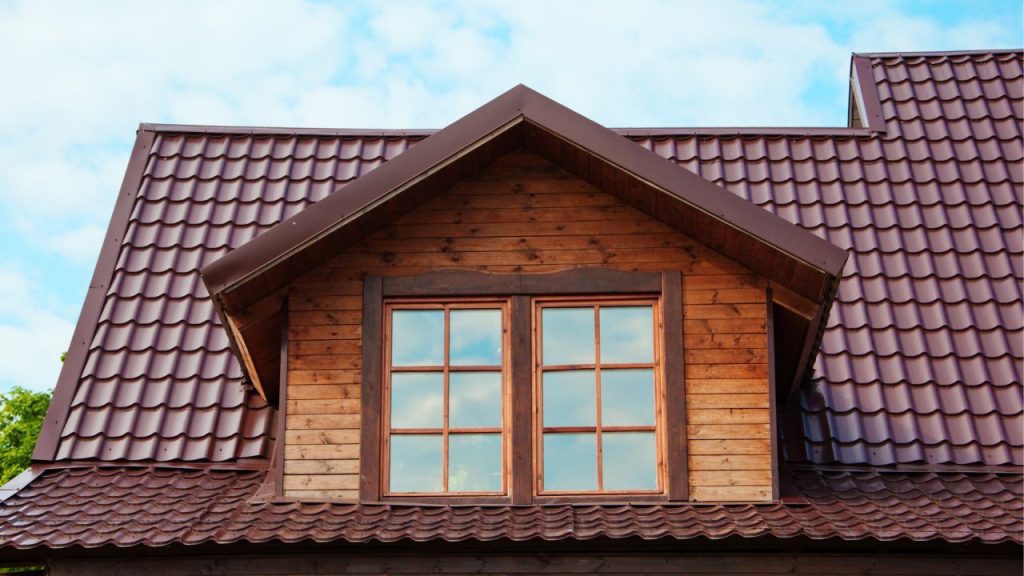
Dormer windows are special windows that project out from a sloping roof. They add character to your home’s exterior while providing extra ventilated space in attics or other hard-to-reach areas.
Dormer windows come in various styles, such as gabled or flat roofs, to complement your home’s architecture.
Glass Block Windows
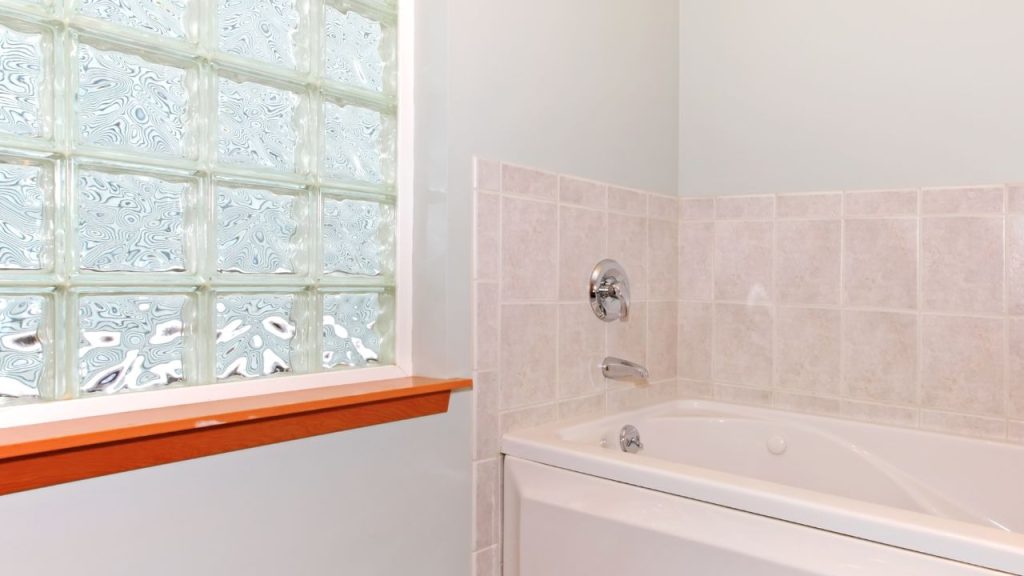
Glass block windows provide privacy while allowing natural light to enter your space.
They are a durable and low-maintenance option for areas where you want to maintain privacy without sacrificing light.
Glass block windows are commonly used in bathrooms or other areas where privacy is essential.
Pivoted Windows
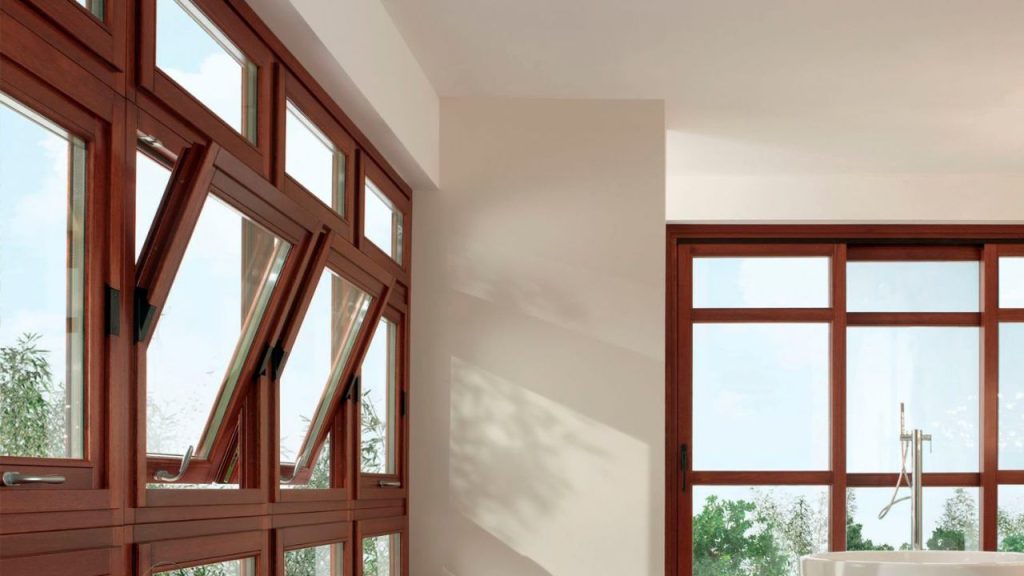
Pivoted windows are stylish and versatile. They have pivots at the center that allow them to rotate, making them easy to clean.
These windows are ideal for contemporary homes or spaces where you want to add a touch of modernism.
Metal Windows
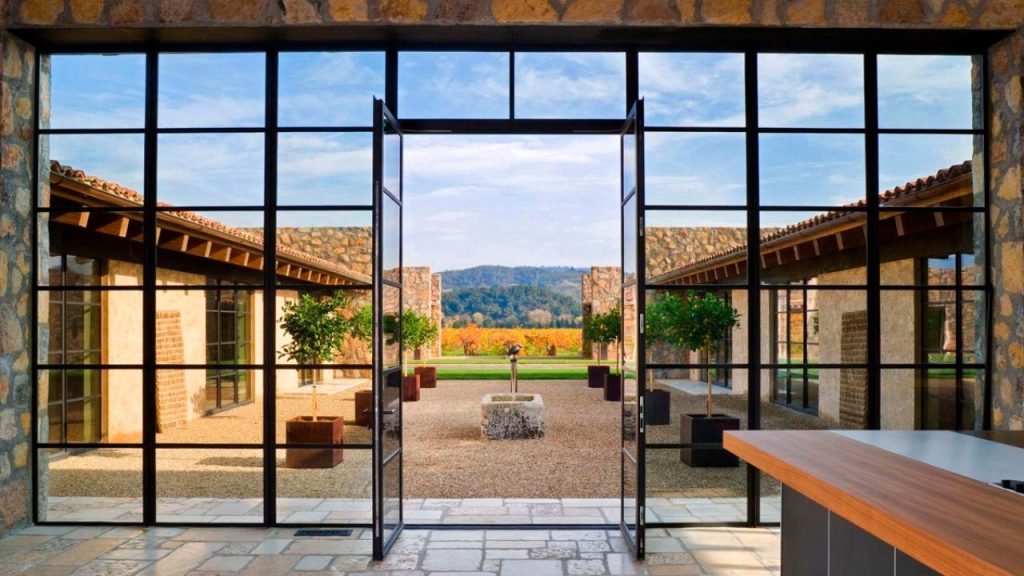
Metal windows are known for their durability and low maintenance.
They can be made from aluminum or steel and are suitable for commercial spaces or homes needing sturdy, long-lasting windows.
Sash Windows
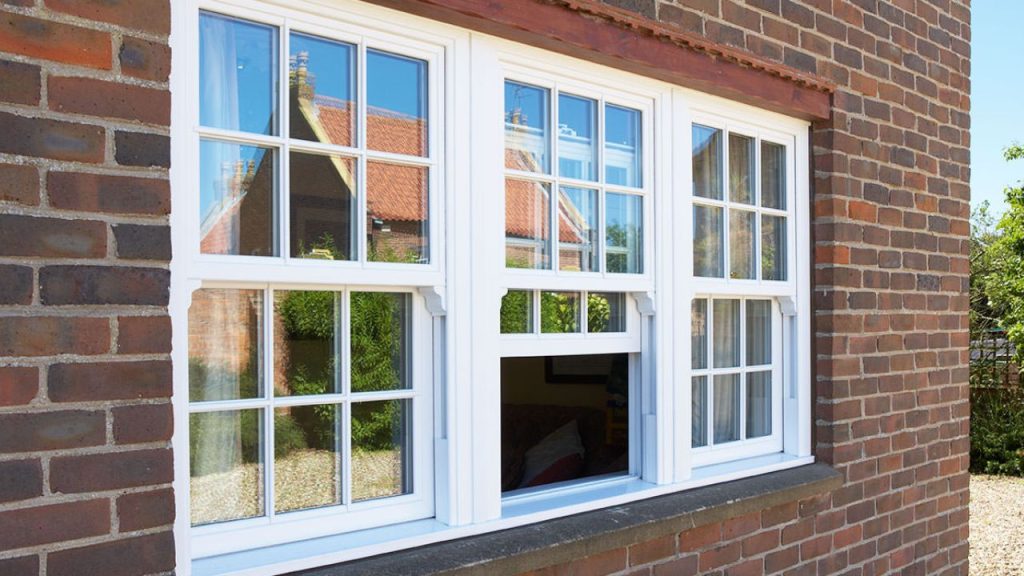
Sash windows operate by sliding one or more sashes (frames containing glass panes) vertically or horizontally. They are a classic window style found in many older homes.
These windows provide a timeless elegance and can be customized to fit your home’s aesthetic.
READ MORE: Best Casement Window Air Conditioners
5. Choosing the Right Windows for Your Home
Options and Pricing
When selecting new windows for your home, it’s important to consider the variety of options available.
From picture windows that offer an unobstructed view of your landscape to double-hung windows that help with airflow, you can choose a type that best suits your needs and preferences.
While browsing, you should also compare prices to maintain your budget.
The Home Depot and other home improvement stores can provide a wide range of options and prices, making it easier to make an informed decision.
Quality and Durability
As a homeowner, you want to invest in windows that look good and last for a long time. When purchasing, pay attention to the quality and durability of the materials used.
Look for products with warranties and display the NFRC label, indicating that the window has met the required energy efficiency and performance standards.
This will ensure that your new windows stand the test of time and withstand any weather conditions.
Aesthetics and Fit
Remember to consider the visual impact your choice of windows will have on the appearance of your home.
Focus on finding options that complement your home’s architecture and overall design.
Also, ensure that the windows you choose fit seamlessly into the existing openings.
Proper installation is crucial to maintain your new windows’ aesthetics and functionality.
Frequently Asked Questions
What are common window styles for homes?
There are various home window styles, including single-hung, double-hung, casement, awning, sliding, and bay windows. Each type has its unique features and applications. The choice depends on your preferences, building style, functionality, and energy efficiency.
Which window frame materials are best?
The best material for your window frames depends on your preferences and budget. Common materials include wood, vinyl, aluminum, and fiberglass. Wood offers a traditional look and decent insulation but requires regular maintenance. Vinyl is affordable, low-maintenance, and energy-efficient but less durable. Aluminum is lightweight, strong, low-maintenance, but less energy-efficient than other materials. Fiberglass is strong, durable, and energy-efficient but can be more expensive.
How do single-hung and double-hung windows differ?
Single-hung windows open vertically with one movable lower sash while the upper sash remains stationary. On the other hand, double-hung windows have both upper and lower sashes that can move, providing more ventilation options and easier cleaning.
Why do casement windows cost more?
Casement windows generally cost more because they are a more complex design, requiring additional hardware and mechanisms to allow the windows to be cranked open and closed. Additionally, the manufacturing process can be more intricate, with more extensive sealing systems to maintain energy efficiency when closed.
What are vertical opening windows called?
Vertical opening windows are typically referred to as single-hung or double-hung windows. These windows open vertically, with either one (single-hung) or two (double-hung) movable sashes.
What is the most energy-efficient window type?
The most energy-efficient window type is usually a combination of well-constructed frames, multiple panes of glass, and effective sealing and insulation. Casement windows, double-hung windows with proper sealing, and triple-pane windows can all be quite energy-efficient. Consider window materials and features that contribute to greater insulation and energy savings when choosing the best type for your home.
